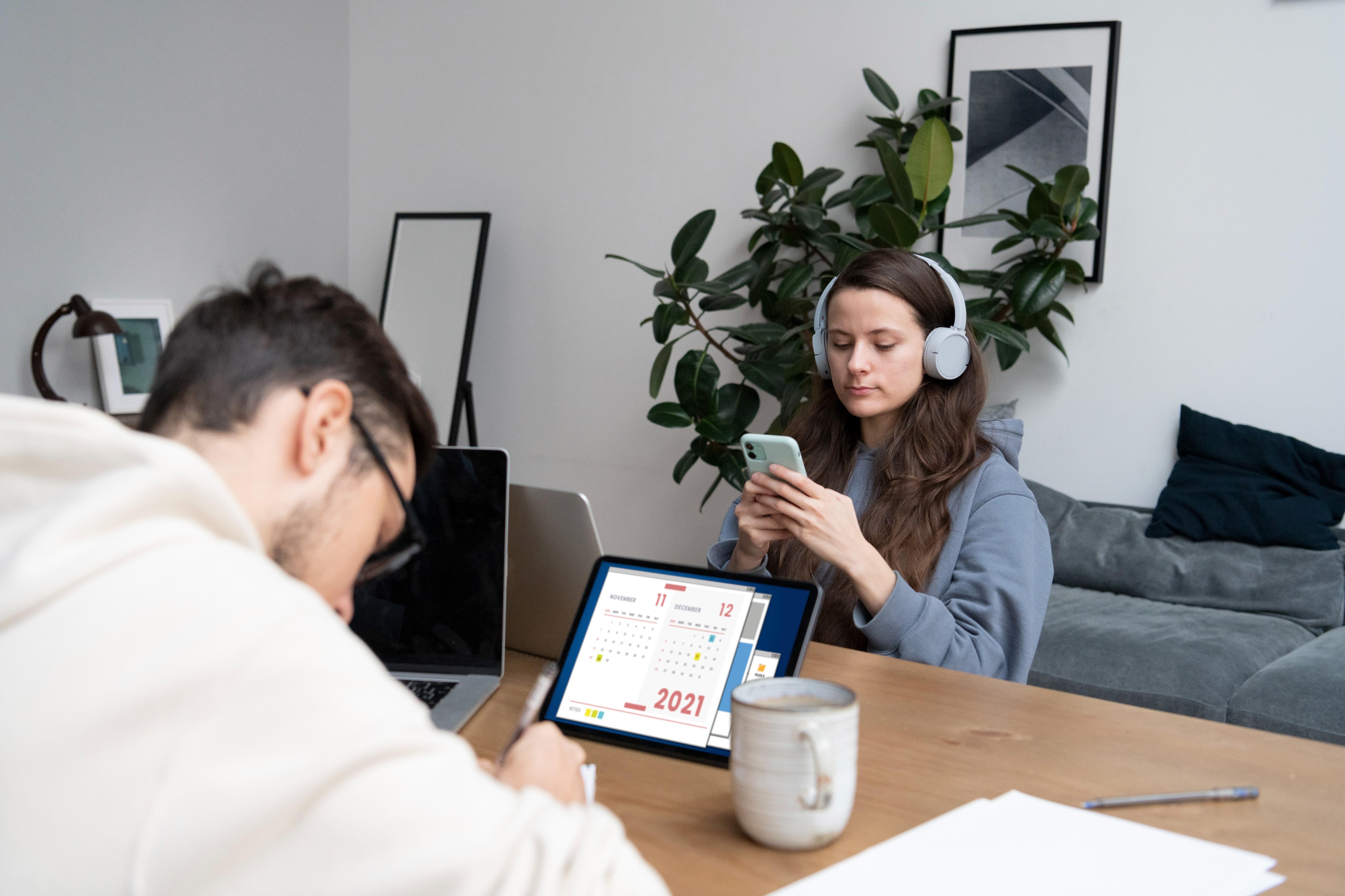Continuous Listening Platforms: Reinventing Employee Feedback in the Age of AI

In an era of rapid change — hybrid work models, distributed teams, evolving expectations and dynamic talent markets — the traditional annual employee survey just doesn’t cut it anymore. HR leaders need real-time insight into how people feel, what they need, and where friction lies. This is where continuous listening platforms powered by AI and integrated HR technology are redefining employee feedback, turning it from a periodic checkbox into an ongoing strategic signal.
Why traditional feedback falls short
Annual or bi-annual engagement surveys often suffer from latency (data arrives weeks later), low response rates, survey fatigue and limited context. They provide a snapshot rather than a motion picture of how employees are really doing. According to research on the employee listening ecosystem: organisations that rely solely on periodic surveys struggle to capture the evolving employee experience, especially in hybrid or global settings.
By contrast, continuous listening captures feedback across the employee lifecycle — onboarding, role change, remote-work transitions, exit — enabling HR to act earlier and smarter.
The evolution of continuous listening platforms
Modern continuous listening platforms provide a mix of capabilities:
-
Pulse surveys & micro-check-ins: Short, targeted questions delivered at key moments to monitor sentiment, engagement or change readiness.
-
Always-on feedback channels: Chatbots, mobile interfaces, voice/text open-ended responses, social/collaboration-platform inputs go beyond formal surveys.
-
AI-powered sentiment & theme analysis: Natural language processing and machine learning sift through open-text responses, chat logs and feedback to detect mood, risk-areas, emerging themes and correlate with performance or retention risk.
-
Integration with HR tech & workforce analytics: Feedback data doesn’t stand alone; it links with HRIS, performance systems, engagement platforms and analytics dashboards. That enables HR to correlate sentiment with outcomes like internal mobility, turnover or productivity.
-
Action-management & closing the loop: Platforms support workflows that alert managers, trigger interventions, and ensure that insights lead to real change—not just more data. Without action, listening loses credibility.
Strategic benefits for HR and business
Adopting continuous listening platforms powered by AI and thoughtful HR technology delivers powerful advantages:
-
Agility & early warning signals: Instead of discovering issues only after attrition spikes or engagement dips, HR gets ahead of the curve—identifying disengagement, burnout, role mismatch, or leadership gaps early.
-
Deeper employee experience insight: Rather than what people say once a year, HR sees how people feel over time, in context, across roles and locations. That creates a richer, actionable employee experience.
-
Data-driven talent decisions: When feedback links to workforce analytics, sentiment becomes a strategic metric. HR can tie voice-of-employee data to retention, mobility, learning uptake and business outcomes.
-
Increased trust & inclusion: Employees feel heard when organisations respond to feedback in real time—not months later. Continuous listening with action builds trust, a sense of belonging and supports culture.
-
Better alignment with hybrid work: With distributed teams, the “office water-cooler” is gone—or at least virtual. Continuous listening ensures HR doesn’t lose touch with what employees really experience in hybrid/remote models.
Challenges and what HR must consider
However, moving to a truly effective continuous listening approach is not without obstacles:
-
Data overload & signal-noise: Continuous channels generate lots of data. HR must ensure meaningful signals, not just volume. Without integration and analytics, feedback becomes noise.
-
Survey fatigue & over-measurement: If “listening” becomes constant but nothing changes, employees lose trust. HR must balance frequency with purpose.
-
Integration and data readiness: Feedback platforms must link to HR systems, analytics engines and action-management workflows. Siloed data undermines insight.
-
Ethics, privacy & transparency: Employees need to know what is collected, how it’s used, how confidentiality is maintained. Continuous listening must respect consent and avoid perceptions of surveillance.
-
Closing the feedback loop: Perhaps the biggest challenge—gathering feedback is useless if HR doesn’t act and communicate the outcome. Closing the loop builds credibility and ensures continuous listening is meaningful.
What HR leaders should do now
-
Map the employee journey and feedback touchpoints: Identify key moments (onboarding, role change, talent mobility, exit) where sentiment is vulnerable and feedback matters most.
-
Choose technology that supports continuous listening: Select a platform that offers pulse checks, always-on channels, AI sentiment analysis and integrates with your HR data ecosystem.
-
Define action-ready metrics and workflows: Decide what you’ll measure (sentiment trends, risk flags, feedback volume, resolution rate) and define how feedback triggers action (manager alerts, HR dashboards, development interventions).
-
Communicate transparently: Explain to employees how feedback will be collected, used and what actions will follow. Make sure they see the results of their input — building trust.
-
Start small, iterate and scale: Begin with one function or region, test the technology and action-workflow, gather insights, measure impact, refine, then expand broadly.
-
Link listening to business outcomes: Use the feedback and analytics to connect employee experience to retention, internal mobility, performance and business strategy — making HR a strategic partner.
Conclusion
In the age of AI and digital workforces, the way organisations capture employee voice must evolve. Continuous listening platforms, driven by AI and integrated within HR technology, provide a real-time, context-rich, actionable view of employee sentiment. For HR teams committed to elevating employee experience, strategic talent management and organizational agility, listening is no longer optional—it’s essential. When done right, continuous feedback becomes the signal that drives culture, engagement and performance—not just a report on it.
Contact us
https://hrtechnologyinsights.com/contact?utm_source=akbar&utm_medium=blog
Related New
https://hrtechnologyinsights.com/news/visualvault-enhances-hr-content-management-for-compliance
https://hrtechnologyinsights.com/news/hershey-appoints-new-chro-natalie-rothman
- Art
- Causes
- Crafts
- Dance
- Drinks
- Film
- Fitness
- Food
- Jogos
- Gardening
- Health
- Início
- Literature
- Music
- Networking
- Outro
- Party
- Religion
- Shopping
- Sports
- Theater
- Wellness


